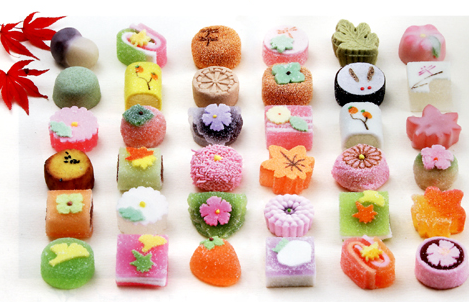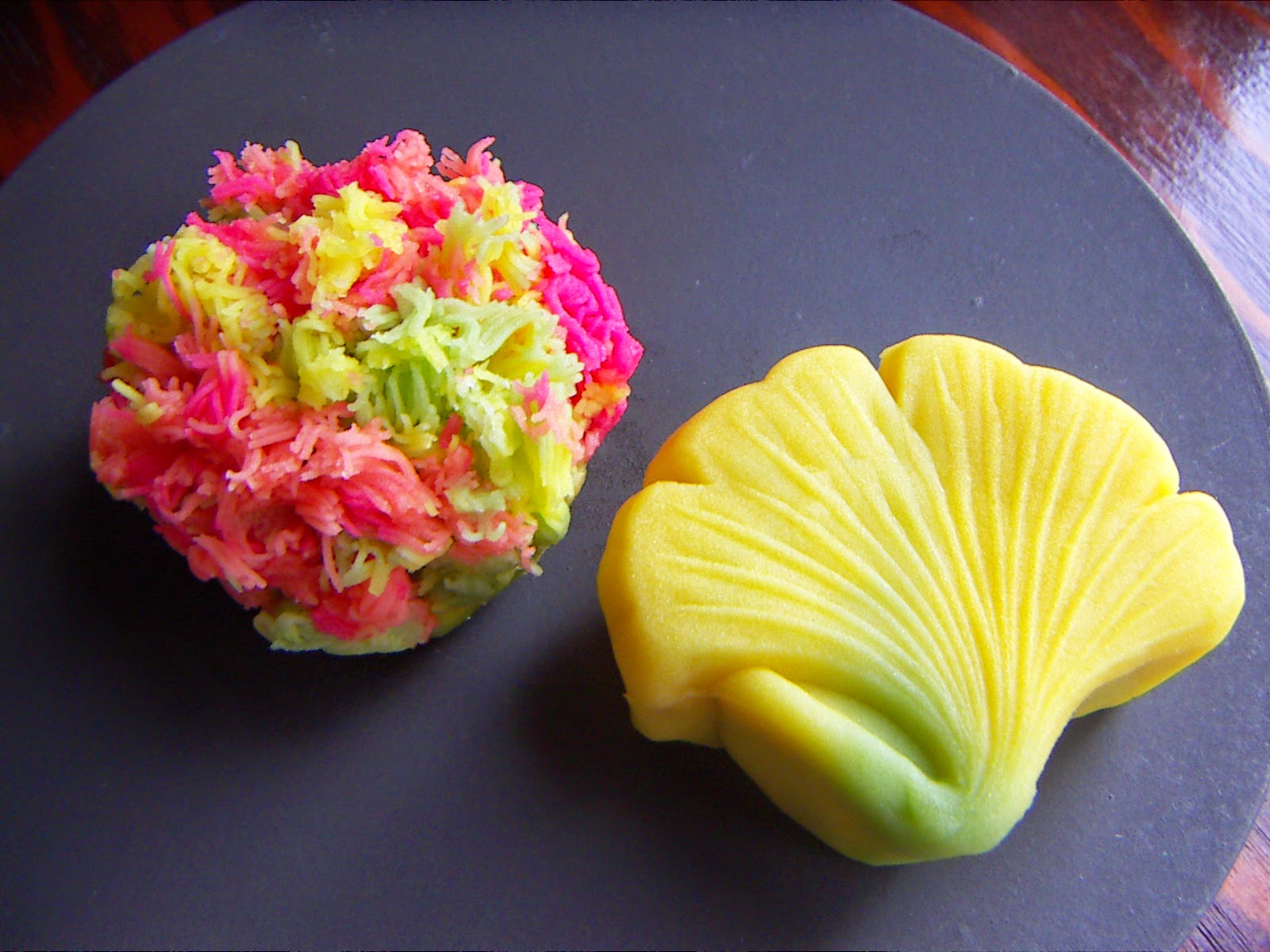I have mainly introduced topics they have long history
and related to tradition of Japan ever. But today, I’m about to share modern
and current Japanese culture “Pop culture,” which includes Manga, Anime, fashion,
J-POP music etc…
As a Japanese teen girl, I sometimes guess it’s
interesting that our daily customs or things we take for granted is introduced
as pop culture. Also, I’m happy to hear Japanese Manga or Anime are very
popular overseas nevertheless I seldom touch them XD.
I’m sure that many of you have far more knowledge about them than I. In this post, I pick up some major Japanese
pop cultures and some of them which we, especially Japanese teens, experience
in daily life.
Manga
I
was surprised at so many Japanese Manga was sold when I went to a bookstore in
Taiwan for the first time.
Anime
It seems that my friends whom I met in Taiwan watch more Japanese Anime than my Japanese friends.
Do you know these?
Here is an event and if you like Japanese Manga or
Anime, you can vote for your favorite works!
Also you can find some works you
know in the lists.
Bento(冷便當)
Japanese
high school students usually take a Bento to their school as a lunch.
There are
many kinds of lunch box for Bento.
Purikura
When
we go out with friends in holidays, we take the Purikura in game center and enjoy
it. It is like a photo, but we can change size of eye, tone of skin, color of
hair and make our looks more beautiful or cuter than actual. Furthermore we decorate
it with stamps and letters.
These are Purikura I actually took.
Japanese
popular culture is funny:) Let’s enjoy
it!
References
(296words)

















































